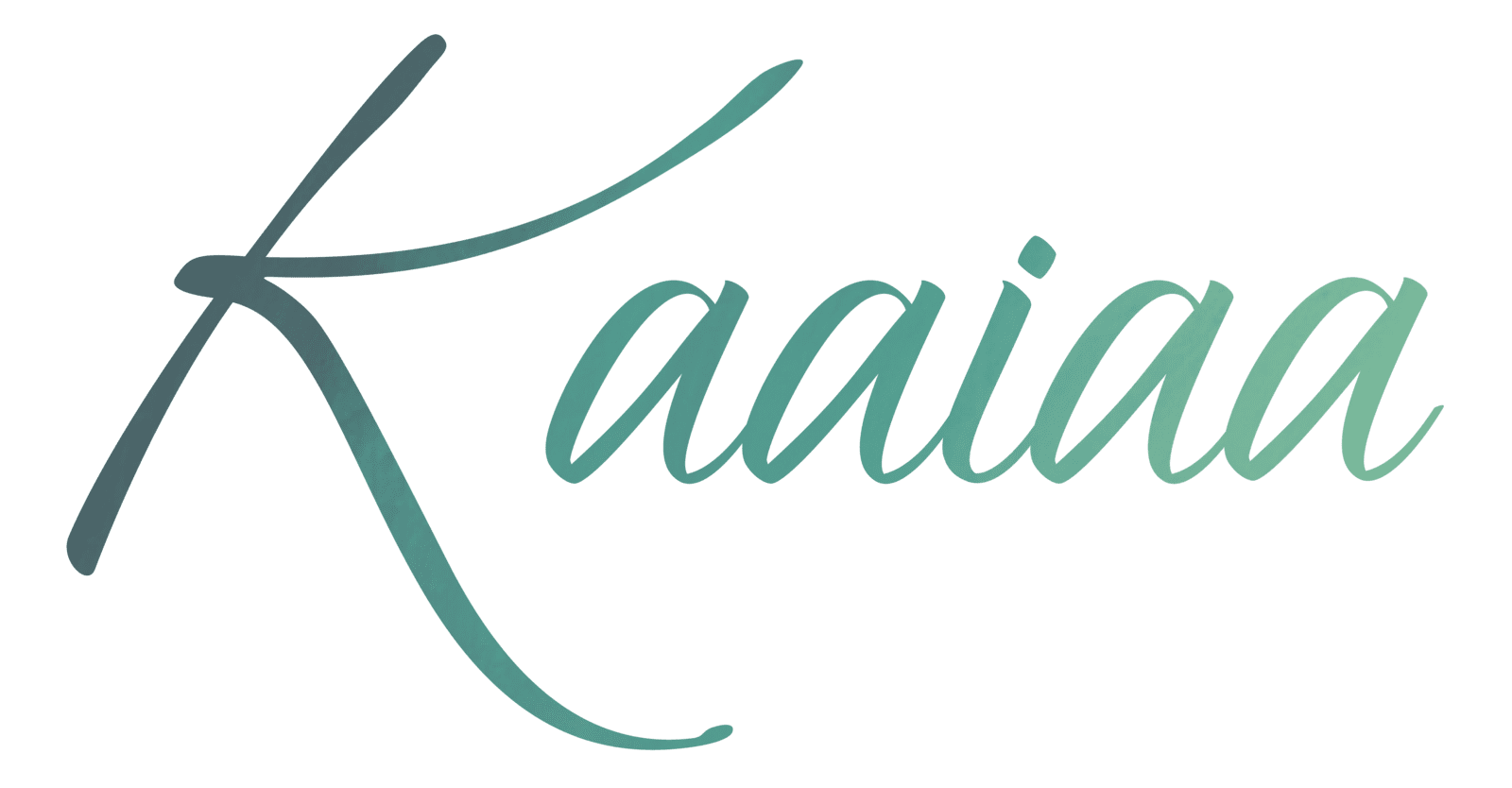Learn About How the Pelvic Floor Takes Care of You from Young to Mature.

Introduction
Pelvic physiotherapy is a specialized form of therapy that focuses on the assessment, treatment, and management of various pelvic floor dysfunctions and conditions. While it is commonly associated with women during pregnancy and postpartum, pelvic physiotherapy is beneficial for women of all ages. This article will explore how pelvic physiotherapy addresses the unique pelvic floor changes and issues that occur throughout a woman's life, from childhood to old age.
I. Childhood and Adolescence:
- Understanding the Pelvic Floor: Pelvic physiotherapy can play a vital role in educating young girls about their pelvic floor muscles, their functions, and the importance of maintaining optimal pelvic floor health from an early age.
- Bedwetting and Constipation: Pelvic physiotherapy techniques, such as bladder and bowel retraining, can help manage bedwetting and constipation issues that are common in childhood. By addressing pelvic floor muscle coordination and strengthening, pelvic physiotherapy promotes healthy bladder and bowel habits.
II. Reproductive Years:
- Pregnancy and Postpartum: Pelvic physiotherapy is widely recognized as a valuable resource during pregnancy and postpartum. It focuses on preparing women for childbirth, promoting optimal recovery postpartum, and addressing common issues like urinary incontinence, pelvic organ prolapse, and perineal pain.
- Menstrual Cycle and Pelvic Pain: Pelvic physiotherapy can help manage menstrual-related pelvic pain, such as dysmenorrhea and endometriosis. Through techniques like pelvic floor relaxation exercises and pain management strategies, women can find relief and improve their quality of life.
III. Perimenopause and Menopause:
- Hormonal Changes: During perimenopause and menopause, hormonal fluctuations can lead to changes in the pelvic floor. Pelvic physiotherapy can provide support and interventions to manage symptoms like vaginal dryness, decreased muscle tone, and urinary symptoms.
- Pelvic Organ Prolapse: The weakening of pelvic floor muscles due to hormonal changes and age-related factors can contribute to pelvic organ prolapse. Pelvic physiotherapy offers pelvic floor strengthening exercises and lifestyle modifications to alleviate symptoms and improve pelvic floor support.
IV. Senior Years:
- Osteoporosis and Frailty: Pelvic physiotherapy plays a role in promoting bone health and preventing pelvic fractures in older women. Weight-bearing exercises and falls prevention strategies help maintain bone density and reduce the risk of fractures.
- Pelvic Floor Dysfunction: Older women may experience pelvic floor dysfunctions like urinary incontinence and fecal incontinence. Pelvic physiotherapy provides targeted interventions, including bladder training, pelvic floor muscle exercises, and behavioral modifications, to manage these conditions.
Conclusion:
Pelvic physiotherapy is a valuable therapeutic approach that caters to women of all ages, addressing the unique changes and issues they may face throughout their lives. From childhood to old age, pelvic physiotherapy empowers women by providing education, preventive measures, and targeted treatments for various pelvic floor dysfunctions and conditions.
By recognizing the importance of pelvic floor health at every age, women can take proactive steps to care for their pelvic floor muscles and seek appropriate support from pelvic physiotherapists. Together with healthcare professionals, women can optimize their pelvic health, enhance their quality of life, and embrace the full potential of their wellbeing at every stage of life.


